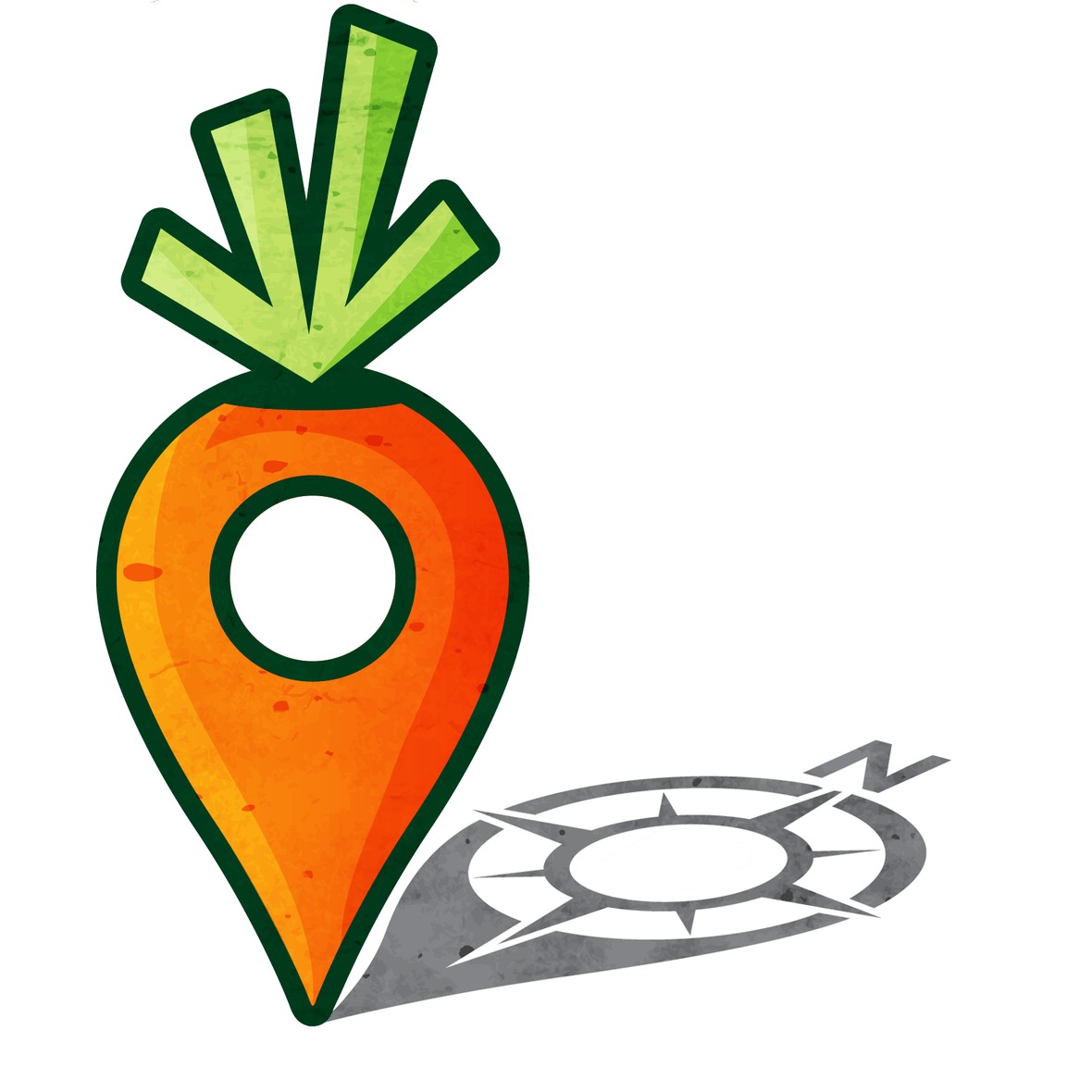Foodies Arise! World Food Day and Food Day
October is the month of Food Days. October 16 is World Food Day and October 24 is Food Day. As most of you know, it’s also the 10-Day Local Food Challenge month, meaning hundreds of people have signed up to eat for 10 days within 100 miles of their homes – and hundreds of thousands more are doing it anyway.
Yet the world – and food – are changing. What humans have called eating – growing and preparing and eating together the foods of your region – is no longer the norm.
Why?
- Time: most people are too busy with work or entertainment.
- Talent: many people no longer know how to cook from scratch. They don’t learn in school. They don’t learn from their parents.
- Money: Thanks to subsidies, industrial scale farming, processing and distributing, and advertising, fast food and packaged food seems cheap and real food seems expensive.
- Convenience: growing, preparing and eating food together can be tiring and hard. Opening a package or take out food is easy.
- Cost of land: culture and economics work against aging farmers transferring land to younger farmers. Offspring don’t want to farm, farmers are compelled to sell to highest bidder, passionate young farmers have little money for land.
- Loss of farmland: every minute an acre of farmland is lost to development. We are losing farmland fertility to industrial scale methods. Climate change is making formerly productive land hard to farm.
- Demographics: over 50% of the world’s people live in cities.
Solutions?
Oh my! So many ideas out there. So much debate.
- Farming methods: from genetic modification of seeds at one end to agroecology at the other.
- Politics: pulling political levers – regulations, subsidies, taxation, licensing and inspection fees – to favor specialty over commodity crops and small scale farming over mega-farming. There’s evidence that these humble ways can feed the world as well or better than industrial production.
- Diet: Eating less. Eating vegan, vegetarian or flexitarian. Wasting nothing (40% of food is wasted). Composting.
- Lifestyle: promoting gardening, cooking and eating together. Slow Food’s agenda.
Local food: sideline or solution?
As anyone who commits to a largely local diet can attest, it ain’t cheap, easy, convenient unless you develop local food muscles. You need to eat with the seasons, adjust your diet, adjust your budget to spend a bit more on good food (and a bit less on whatever categories where you overspend), develop relationships with neighbors who raise the foods you eat, grow some of your own, cook from scratch, sit down with friends and family more and on and on.
Here’s where the 10-Day Local Food Challenge participants – and the millions others who still grow, cook and share food – come in. How do we shift from a dying breed to a living promise? How does “foodie” become a term of honor – someone who cares about food and community enough to make an effort?
I think it starts with personal change, but moves to social and political and cultural change. I think this is a shared adventure across cultures, socio-economic strata, generations, professions and genders. I think “we-the-eaters” have a job to do.
- We move slow food out of the shadows and out of the rarefied gourmet stigma.
- We educate ourselves about food webs and supply chains and discover what missing links we need to repair/revive to have prosperous local food economies.
- I think we advocate for changing the laws and regulations on county, state, national and international levels.
- We join organizations that are researching the issues and write letters, make phone calls and donate money when they ask us to.
- We ask ourselves to do the heavy personal lifting and then make it easier for others. We teach. We invite people over. We blog and write books and do YouTube videos and speak at local organizations and form groups at our places of worship and volunteer in food bank and school gardens and serve local fare at conferences and make T-shirts and convert our families and advocate for hot school lunches prepared from scratch and open local food restaurants and grocery stores and on and on.
- We take to the streets with issues that matter.The GMO labeling campaign is one movement gathering momentum. For me that’s more about taking back our seeds, soils and our growing methods from an industry that’s killing sustainable farming than it is fear of genetic modification per se, but no matter the motive, we can join in.
I believe local is one important value but not the only one. I advocate for OWL. Organic. Whole. Local. All is best, any two are good, even one lived fully is enough to start the shift.
- Organic = protection of soil through sustainable farming practices and human health through non toxic food.
- Whole = food in its most natural state, unprocessed, grown from seed, plucked from perennial plants, foraged from the wild.
- Local = prosperous local economies, community control over food and farming (sovereignty), strong webs of local relationships (safety, integrity), most fresh, straight from the ground, cow, goat, chicken.
The future is barreling in upon us. A future of several billion more people in a climate disturbed and resource depleted world. You know the data as well or better than I do.
I believe Foodies have a crucial role in helping humanity greet these changes in a vigorous, healthy and sane way. We need to do more than eat good food. We need to take vigorous healthy and sane actions. And maybe insane actions in defense of food.
Foodies arise!
What do you think?

No comments